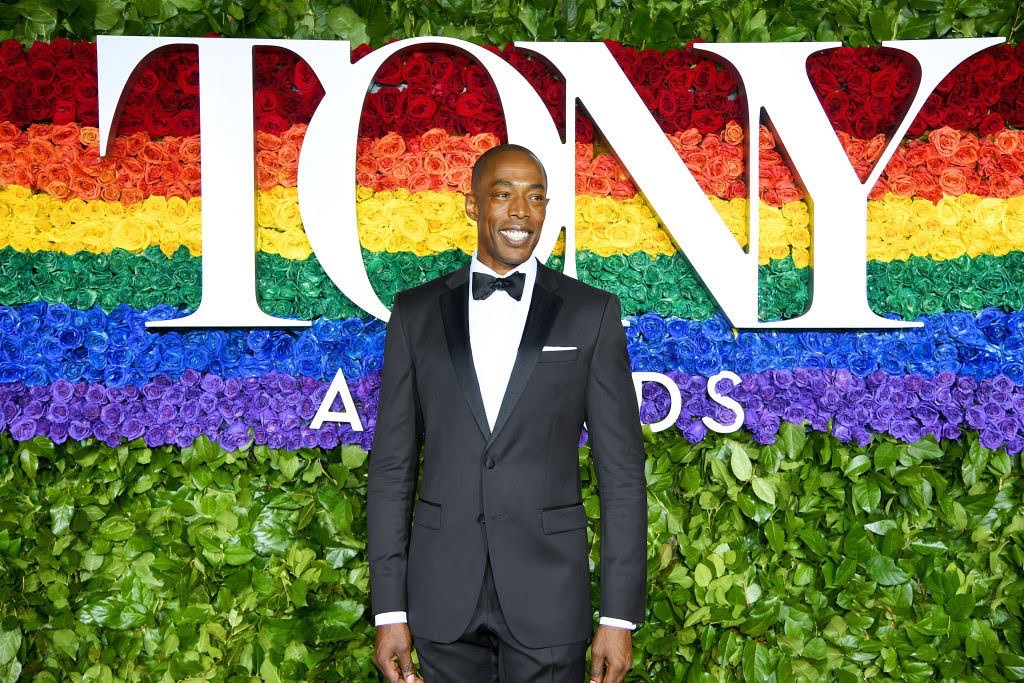
Michael McElroy
Arthur and Martha Hearron Endowed Professor of Musical Theatre, Chair, Department of Musical Theatre
School of Music, Theatre & Dance
Being your best DEI self: Think of a time when you were at your best at advancing diversity, equity, and inclusion. What happened? Who was there? Why did you feel at your best?
As a Black artist and teacher within academia, I center my work in different ways. For our faculty, I engage in conversations around race, ethnicity, gender, and how these identities collide with artistic practice and our musical theatre canon. I encourage faculty to look for new ways to engage our musical theatre traditions and repertoire that might celebrate the rich diversity within our department. For our students of color, I offer a space of community. We meet over the semester to not only let down our guard and speak in a space where we don’t have to code switch, but also to engage and challenge students to center the art when we have these spaces. This switch activates the artistry and moves us away from solely living in the legitimate concerns that arise within predominantly white spaces. Lastly I offered up a space for our white students. Many want to stand in solidarity with their fellow students of color but don’t know how. We meet every two weeks on Sundays to delve into the intersection of our country’s history and the art created in those times, to gain an understanding of privilege and white supremacy. The ultimate goal is once again through understanding the true history and the art, we can begin to build tools to dismantle those systems thereby living in the true power of allyship. I have also started this year, an annual Community Day weekend bringing in artists of color from the disciplines of dance, acting, and vocal performance. They engage our students in a series of master classes from West African Dance to Salsa and Shakespeare and August Wilson. The mission is to expose all of our students to the artistic excellence in the professional world and celebrate those diverse voices as innovators in their field.
Wishes for the future: How would you imagine your environment needing to be for you to feel that you don’t have to do DEI work anymore?
- A diverse population of faculty representing different identities, gender expressions, race and ethnicities.
- The true history of our country is woven into all aspects of artistic training and practice.
- Making DEI training foundational to the first year orientation and fall term experience.
- Instituting a mandatory “Ethics of Collaboration” class for all first years across SMTD integrating race, systems of oppression, and ultimately the creation of art as a vibrant part of the training.
What does it mean to you to be a recipient of the MLK Spirit Awards?
Many times as we know, the service one does in DEI work, is invisible. As a gay man of color, I am the recipient of many students as they struggle to navigate the challenges within the artistic space. There is also an incredible pressure of being in a space of leadership with an all white faculty. There is a weight carried that is not visible on a CV or resume. Having this acknowledgement means that this work is seen and recognized. And in doing so, inspires one to continue forward. It never hurts to be seen and to know that the work matters to others. You have to keep doing the work but it’s a true gift when others see it and want to celebrate it.
